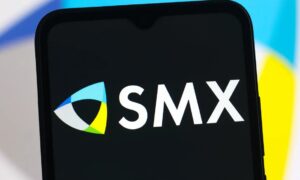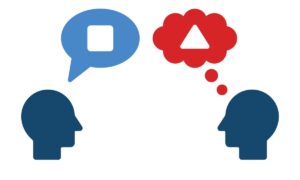Introduction
In recent years, wearable technology has taken the world by storm, becoming one of the hottest trends in the tech industry. At the forefront of this revolution are wearable apps, which have become an integral part of our daily lives, from tracking our fitness levels to providing instant notifications and more. In this article, we will demystify the world of wearable app development, exploring the basics, popular platforms, and specific considerations for developing apps on devices like Apple Watch, Fitbit, and Android Wear.
What is Wearable App Development?
Wearable app development involves creating applications specifically designed to run on wearable devices such as smartwatches, fitness trackers, and other portable gadgets. These apps are optimized to provide a seamless user experience on smaller screens and are geared towards enhancing convenience and accessibility.
Wearable App Development Platforms
- Apple Watch
- Fitbit
- Android Wear
Apple Watch
The Apple Watch is undoubtedly one of the most popular and widely used wearable devices. Its sophisticated features, including a heart rate monitor, GPS, and customizable watch faces, make it an attractive platform for app developers. To create a successful app for the Apple Watch, developers should focus on creating a visually appealing interface and integrating features that complement the device’s health and fitness capabilities.
Fitbit
Fitbit is a renowned name in the fitness tracking industry, and its devices have a loyal user base. When developing for Fitbit, simplicity and ease of use are key. Fitness-related apps that can track steps, heart rate, sleep patterns, and nutrition are highly sought after by Fitbit users.
Android Wear
As Google’s wearable platform, Android Wear offers developers a wide range of opportunities to create innovative apps. Android Wear devices come in various forms, from smartwatches to fitness bands, providing a diverse market for app developers. When developing for Android Wear, it’s essential to ensure compatibility across different devices and offer features that cater to users’ specific needs.
Specific Considerations for Wearable App Development
- User Interface (UI) Design: Wearable app screens are significantly smaller than those on smartphones, so a clutter-free and intuitive UI design is crucial. Utilize larger icons, readable fonts, and touch-friendly elements to enhance user interaction.
- Battery Life Optimization: Since wearable devices are limited in battery capacity, developers must optimize their apps to minimize energy consumption. Implementing efficient coding practices and reducing background processing can help extend the device’s battery life.
- Health and Fitness Integration: Many wearable devices are equipped with health and fitness tracking sensors. Developers should leverage this data to create apps that can provide valuable insights into users’ well-being and exercise routines.
- Real-Time Notifications: Wearable apps are designed for quick access to information. Incorporate real-time notifications for essential updates, messages, and alerts to keep users informed without having to reach for their smartphones.
- Offline Functionality: Providing offline functionality ensures that users can still access essential features even when they’re not connected to the internet or their smartphones.
Wearable App Development: Revolutionizing the Future
Wearable app development is not just a passing trend; it has the potential to revolutionize how we interact with technology and the world around us. As wearable devices continue to advance, the opportunities for innovative app development will only grow.
The convenience and accessibility offered by wearable apps have already transformed various industries, including health and fitness, communication, and productivity. As developers embrace the challenge of creating unique, user-centric experiences, wearable technology will undoubtedly shape the future of the tech landscape.
Conclusion
In conclusion, wearable app development opens a world of possibilities for both users and developers. From monitoring health and fitness to providing real-time information, wearable apps have become indispensable in our daily lives. As technology continues to evolve, we can expect wearable devices and the apps that power them to become even more advanced and integral to our daily routines.





























